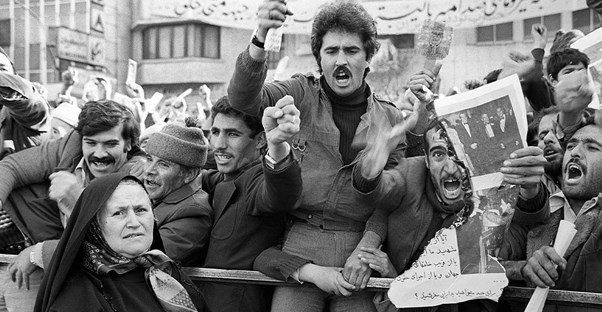One of the Youngest Populations in the World
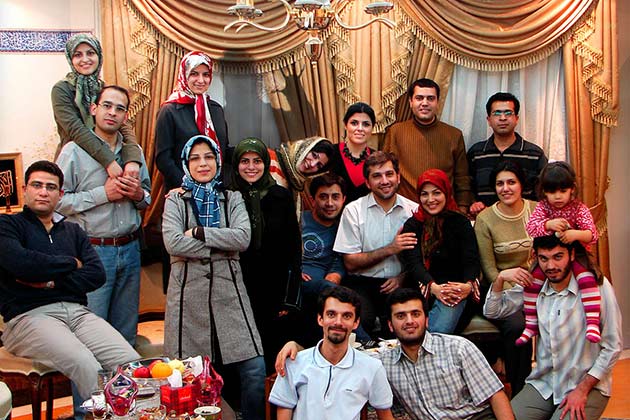
Iran has many young people—about 70% of its 80 million citizens are under 30 years old! These young Iranians are super active in politics, more so than young people in other Islamic countries, and are deeply involved in politics, often taking to the streets to speak out about what they believe in.
Their ideas, including wanting better jobs, education, and changes in society, are influential, but making these dreams a reality presents many challenges. To make the most of Iran's young population, the country needs to cultivate their energy into positive change.
Birthplace of Persians
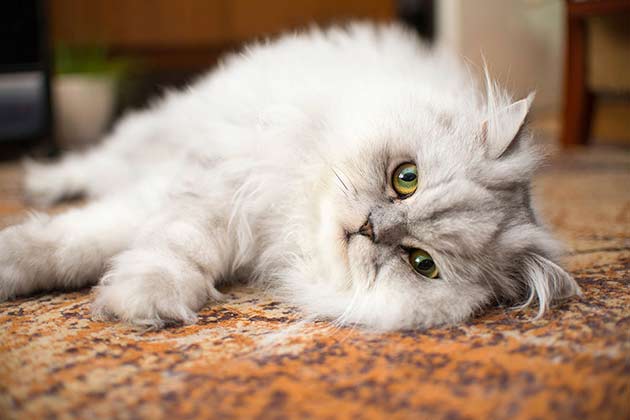
It's no surprise that Persian cats come from Iran, given their name. They're one of the oldest cat breeds and are famous for their luxurious, long fur. This fancy coat helped them keep warm in the chilly mountains of Iran.
Persian cats have distinctive features like their big, expressive eyes and sweet, gentle nature. Over time, they've become beloved pets all around the world.
The Most Public Holidays in the World
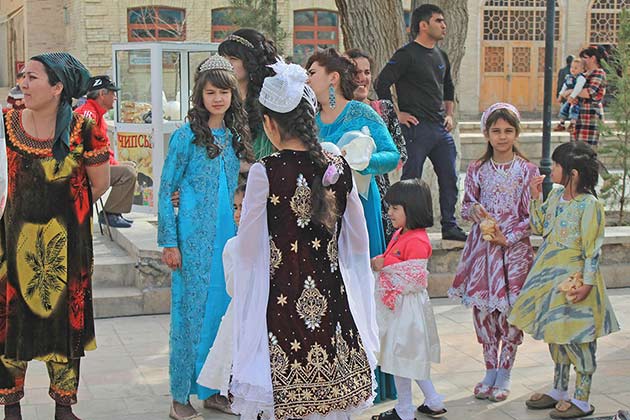
Iran has 25 public holidays each year — and that's not even considering the unofficial holidays that worm their ways onto the calendar. While this might sound like fun and games, in reality, these frequent breaks impact various business sectors and overall productivity.
Businesses face challenges in maintaining continuity, and the workforce encounters interruptions in their routines. Balancing cultural traditions with productivity often poses a significant challenge for policymakers.
The Practice of Sigheh

Sigheh, also known as temporary marriage, enables couples to enter into a short-term marital arrangement for a specific period of time. This practice allows individuals to explore relationships, like traditional marriage, without permanent commitments.
The duration of Sigheh marriages can vary widely, from mere hours to days, weeks, or even years, depending on the agreement reached by the couple involved. However, critics argue that Sigheh undermines the sanctity of marriage and exploits women.
No Ties
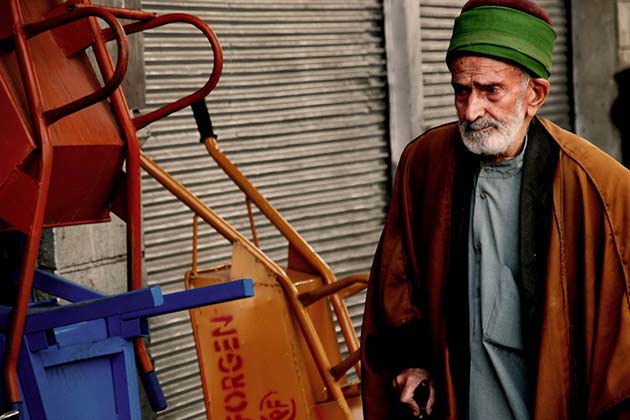
In Iran, ties are uncommon and even discouraged in many settings. The Iranian Revolution of 1979 brought about significant changes in Iranian society, including shifts in fashion norms and cultural identity. Because ties are symbolic of Western influence, rejecting them coincided with the political shift.
Instead, Iranians typically opt for traditional attire or casual styles that align with Islamic principles and are visual expressions of Iran's distinct identity in the world.
The Value of Yogurt

In Iran, yogurt holds a special place in both cuisine and culture, far different from the sweeter yogurts common in the West. Iranian yogurt is known for its tangy taste and thick consistency, making it a versatile ingredient in various dishes.
Beyond culinary applications, Iranians use yogurt for traditional medicines and skincare routines. Its natural acidity is believed to soothe sunburns, moisturize skin, and even treat acne, highlighting its highly valuable role in their daily lives.
Home to the Largest Hand-Woven Carpet
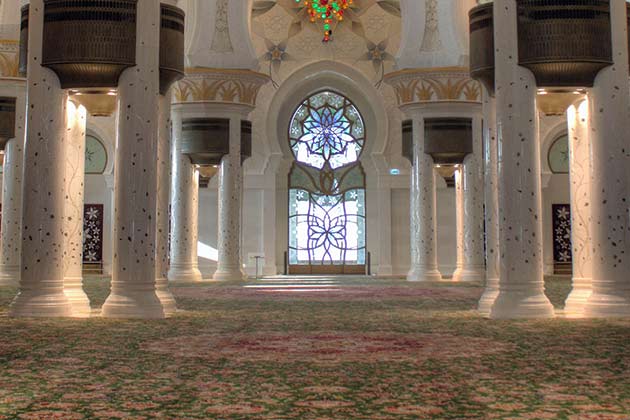
Iran's home to the largest hand-woven carpet in the world! Made in 2007 by the Iran Carpet Company, the colossal carpet was crafted for the Abu Dhabi mosque. What makes this creation even more remarkable is the meticulous process behind its construction.
The carpet was woven in nine separate pieces, each requiring meticulous attention to detail, were transported to the grand mosque and assembled inside. We already knew weaving is tied to Iran's rich cultural heritage, but this feat is unmatched!
UNESCO World Heritage Sites
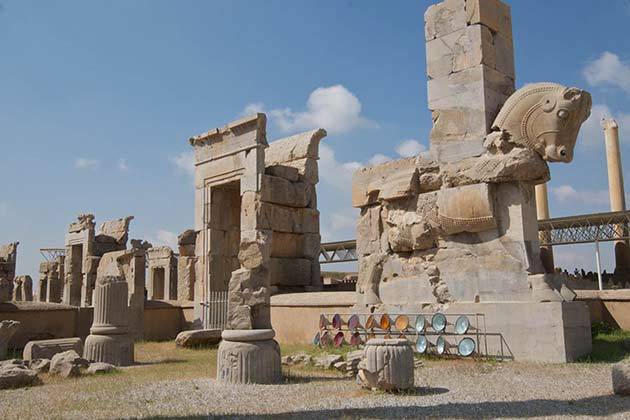
Iran boasts an impressive collection of UNESCO World Heritage sites, totaling 23, which are a treasure trove of historical and architectural wonders. Among these sites is Persepolis, the majestic capital of the Achaemenid Empire, renowned for its grandeur and historical significance.
These sites encompass a diverse range of architectural marvels, including ancient temples, bazaars, and water systems, offering a glimpse into Iran's multifaceted history.
The Asiatic Cheetah

The Asiatic Cheetah, once widespread across Asia, now faces severe habitat loss, poaching, and human-wildlife conflict, pushing it perilously close to oblivion. With an ever-dwindling population, all 50 remaining cheetahs are confined within Iran's borders.
Urgent conservation efforts, including habitat restoration and anti-poaching policy, are imperative to safeguard their future. However, the survival of the Asiatic Cheetah hinges on global cooperation and sustained commitment to conservation.
The World's Largest Producer of…

Iran's oil exports are world-renowned, but they are also the largest producer of countless other products.As the world's largest producer of pistachios, caviar, and saffron, Iran holds a significant role in shaping international trade dynamics from oil to agriculture.
Additionally, Iran supplies the world with saffron, a highly sought-after spice prized for its rich aroma and vibrant color. However, overfishing concerns threaten Iran's status as a caviar powerhouse.
The Crown Jewels
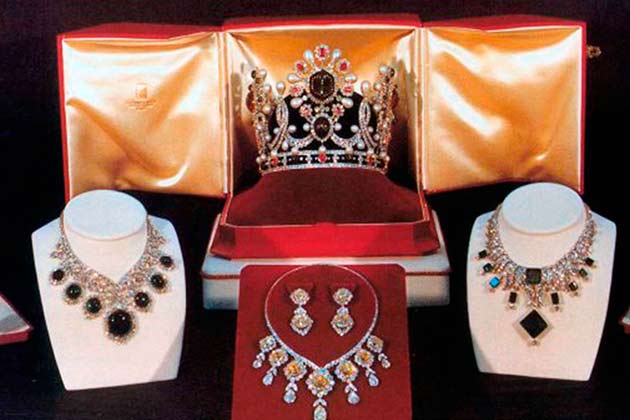
The Iranian crown jewels are a breathtaking display of opulence despite being overshadowed by their British counterparts. From crowns and tiaras to shields and an array of priceless artifacts, many of these items back Iran's currency.
However, they have remained out of public view since before 1979. Despite their absence from public display, their reputation remains as some of the rarest and most expensive crown jewels ever crafted.
Bordering Two Seas
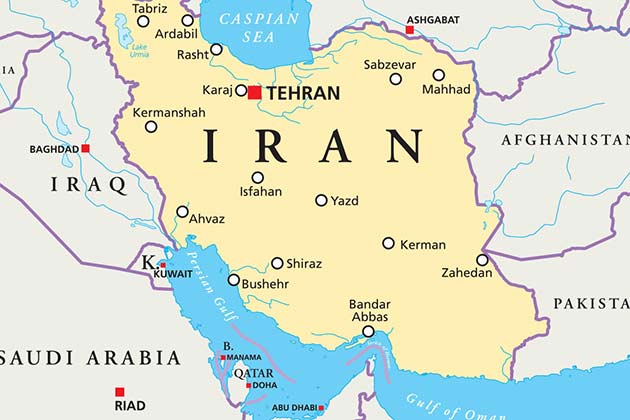
Iran's unique geographic position grants it the distinction of being the sole nation bordered by both the Indian Ocean and the Caspian Sea. Nestled between these two vast bodies of water, Iran enjoys a diverse maritime landscape that shapes its cultural heritage and economic opportunities.
To the south, Iran's coastline meets the Indian Ocean, offering access to strategic shipping routes and bustling ports vital for international trade. Meanwhile, to the north, lies the expansive Caspian Sea, the world's largest inland body of water.
Birthplace of One of the Oldest Civilizations

Iran is the birthplace of one of the oldest civilizations in human history, from the ancient Elamite kingdoms in the 4th millennium BCE to the mighty Achaemenid Empire, which rose to prominence around 550 BCE.
Throughout the centuries, Iran has been home to a succession of influential empires, including the Hellenistic States, the Parthian Empire, the Sasanian Empire, and the arrival of Arab Muslims in the 7th century.
An Energy Superpower
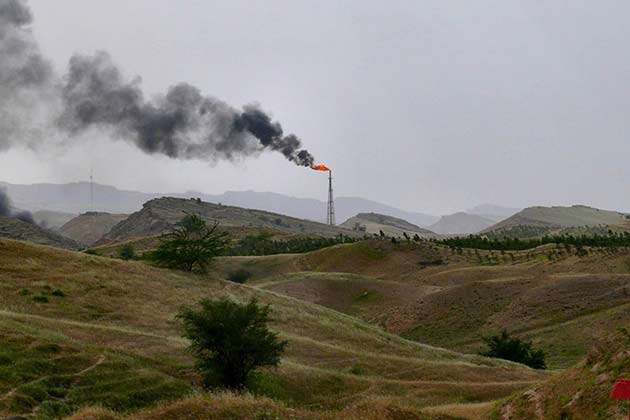
With some of the largest gas reserves and ranking third in gas production, Iran boasts the world's fourth-largest oil reserves, further solidifying its status as a key player in the energy sector.
In 2008, Iran committed to harnessing clean and sustainable energy sources using geothermal and wind-powered plants. As the nation continues to invest in renewable energy infrastructure and technologies, it reaffirms its position as a forward-thinking nation.
The Highest Volcano in Asia
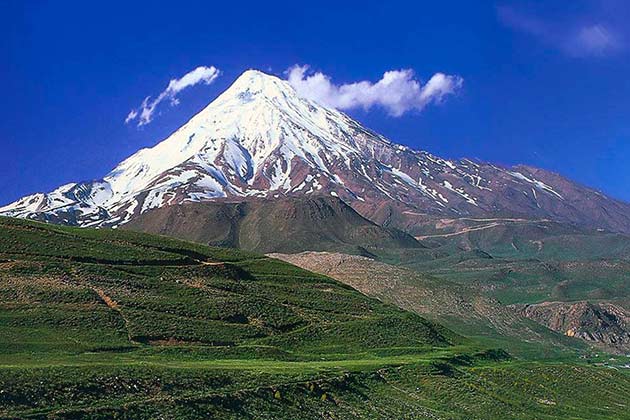
Iran is home to Asia's highest volcano, Mount Damavand, a towering peak that rises majestically to an impressive altitude of 5,609.2 meters. Part of the Alborz mountain range, Mount Damavand is also Asia's second-most prominent peak, only behind Mount Everest.
Mount Damavand holds major cultural significance as it's featured prominently in Iranian folklore and mythology. As a beacon of Iran's natural heritage and geological diversity, Mount Damavand is a testament to the nation's rich and varied landscapes.
Pioneer Carpet Weavers
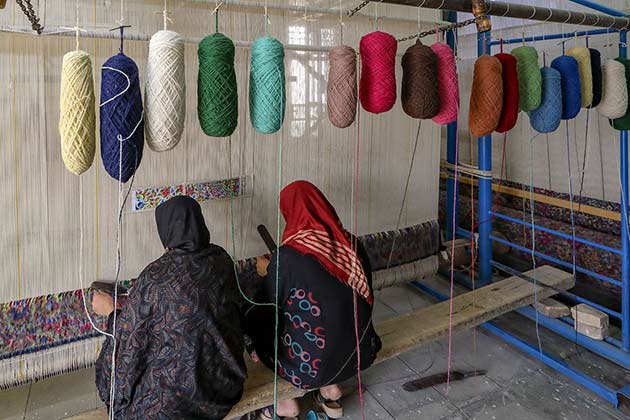
Iranian carpet weaving is a tradition stretching back 2,500 years. Renowned for their intricate designs, vibrant colors, and exquisite craftsmanship, Persian rugs are enduring symbols of Iran's cultural heritage and artistic ingenuity. These weavers intentionally add a deliberate flaw to their creations, symbolizing their belief that only God is perfect.
This imperfection serves as a humbling reminder of human fallibility amidst the beauty of their intricate designs. Despite these "flaws," Persian rugs are highly sought after worldwide and hold the spot as Iran's second-largest export.
Global Epicenter of Shia Islam

Approximately 90% to 95% of Iranians identify as Shia Muslims, constituting the largest concentration of Shia adherents worldwide. Shia Islam holds profound significance in Iran's cultural and religious identity, shaping its history, traditions, and societal norms.
The country's religious landscape is marked by vibrant Shia practices, including rituals, commemorations, and religious gatherings. With its rich religious heritage and deep-rooted spiritual traditions, Iran continues to play a pivotal role in the global narrative of Shia Islam, asserting its cultural and religious significance on the world stage.
Persian Poetry
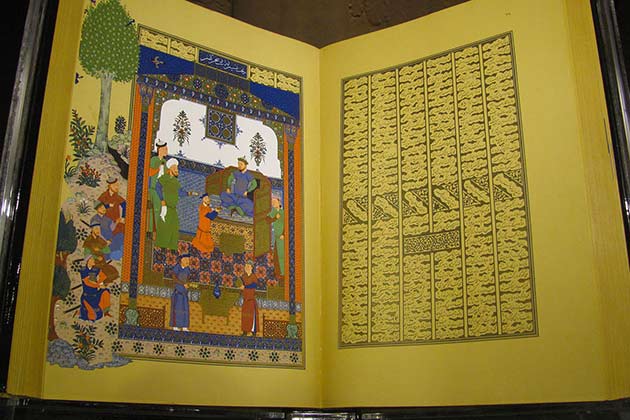
Persian poetry, in particular, is celebrated for its eloquence, depth of emotion, and profound philosophical insights. Among the most revered works of Persian poetry is "Shahnameh," also known as "The Epic of Kings," an epic masterpiece that chronicles the mythical and historical past of Iran.
Written by the revered poet Ferdowsi, "Shahnameh" is revered as a national treasure, with its verses woven into the fabric of Iranian identity. Its verses are often quoted in everyday conversations, rituals, and celebrations.
The First Postal Service
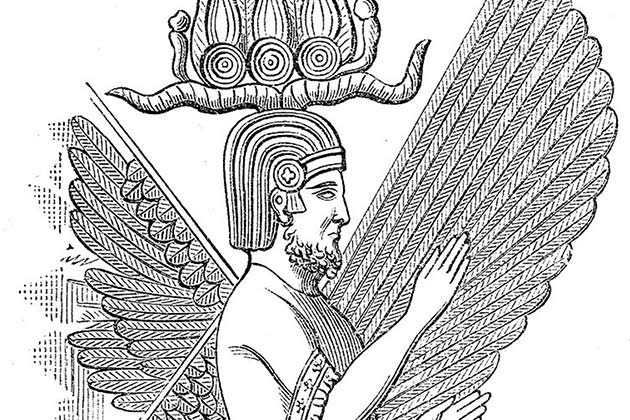
Iran is the birthplace of the world's first real postal service, a groundbreaking innovation that emerged around 550 BC during the reign of Cyrus the Great. Under Cyrus's visionary leadership, the Persian Empire established an efficient and organized postal system that revolutionized communication.
The Persian postal service, known as the "chapar," worked by sending couriers on horseback between a network of relay stations strategically positioned along major routes. It played a crucial role in facilitating trade, politics, and military operations for the Persian Empire.
Resting Site of Biblical Figures

Iran serves as the resting place of numerous biblical figures, including Esther, Daniel, St. Thaddaeus, Cyrus the Great, and Darius the Great, whose final resting sites are believed to be located within the borders of modern-day Iran.
Daniel, known for his wisdom and prophetic visions, is believed to have been buried in Susa, another ancient city in Iran. These sacred sites serve as pilgrimage destinations for believers and scholars alike, highlighting Iran's role as a major spiritual cornerstone.
Name Change

In 1979, following the overthrow of the monarchy and the establishment of Supreme Leader Ayatollah Khomeini, Iran underwent a significant transformation. The country's official name was changed to the Islamic Republic of Iran.
The addition of "Islamic Republic" emphasized Iran's status as a state governed by Islamic law, and a departure from the secular monarchy of the past. It marked a pivotal moment in the country's history, signaling a fundamental shift in its political, social, and cultural landscape.
Air Pollution

Iran's capital, Tehran, is among one of the most polluted cities in the world. Various factors contribute to Tehran's air quality crisis, including heavy traffic congestion, industrial emissions, and geographical factors such as surrounding mountains that trap pollutants.
Vehicle exhaust, in particular, is a major source of pollution, exacerbated by the city's rapidly growing population and insufficient public transportation infrastructure. Air pollution's impact on public health underscores the urgent need for comprehensive solutions.
The Pahlevani and Zourkhaneh Rituals
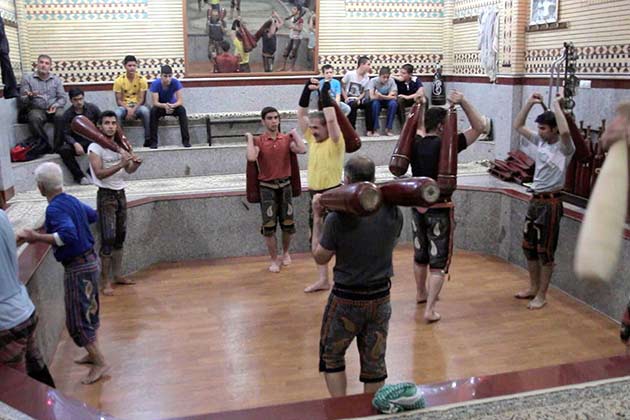
The Pahlevani and Zourkhaneh rituals originated as a system of athletics designed to train Persian warriors, these rituals represent a unique fusion of martial arts, strength training, music, and calisthenics. For centuries, practitioners of Pahlevani and Zourkhaneh honed their practice into the ideals of chivalry, honor, and resilience.
In recognition of its cultural significance, UNESCO has designated the Pahlevani and Zourkhaneh rituals as the world's longest-running form of traditional training.
Persian Cuisine
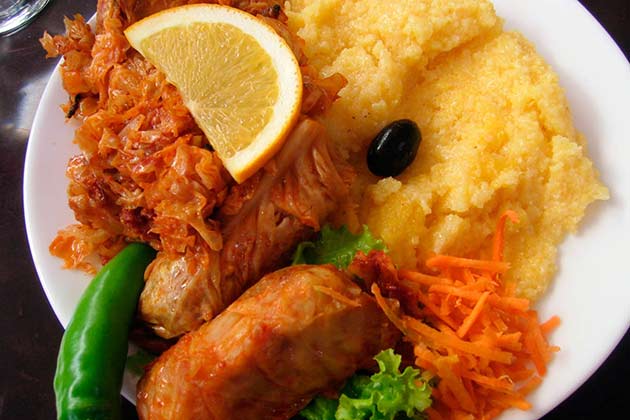
Iranian cuisine, renowned for its richness and diversity, offers a tantalizing array of flavors and aromas that captivate the senses. Staples like mast-o-khiar (yogurt with cucumber) and salad Shirazi (cucumber and tomato salad) provide refreshing accompaniments to hearty meals, while aromatic rice dishes served with tender meats or vegetables tantalize taste buds with their complexity.
Iranian cuisine reflects the country's geographical and cultural diversity, with each region boasting its own culinary specialties and cooking techniques.
Nose Job Capital of the World

Iran has earned the affectionate nickname "Nose Job Capital of the World" due to its widespread popularity for cosmetic surgery, particularly among women. Western beauty standards have influenced women in Iran to undergo rhinoplasty procedures.
Nose jobs have become increasingly commonplace in Iran, with clinics and surgeons specializing in the procedure catering to a growing demand.
The Underground Music Scene
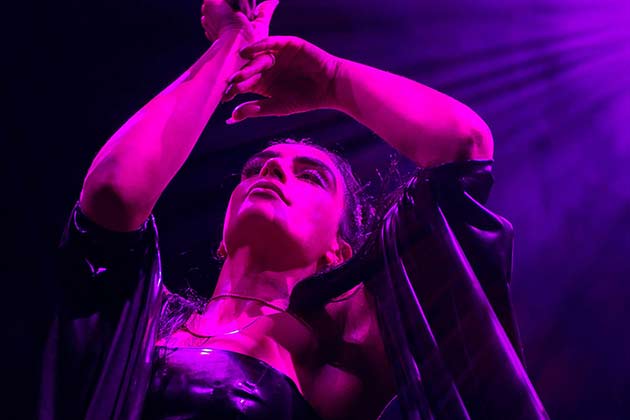
Iran boasts a vibrant underground music scene that includes heavy metal, rock, and blues. Despite facing restrictions and censorship in the public sphere, these genres have found a passionate following among Iranian youth, who seek a creative outlet.
Through their music, underground musicians challenge societal norms and push the boundaries of artistic expression, carving out a space for themselves in Iran's dynamic cultural landscape.
Millennial Marriages

Iranian Millennials, like their global counterparts, face economic challenges that deter marriage, such as soaring costs and a sluggish economy. To address this issue, the Iranian government has allocated an annual fund of $720 million to support traditional Iranian weddings.
This financial assistance aims to alleviate the financial burden associated with marriage, encouraging Millennials to pursue matrimony despite economic obstacles.
The Practice of Taarof
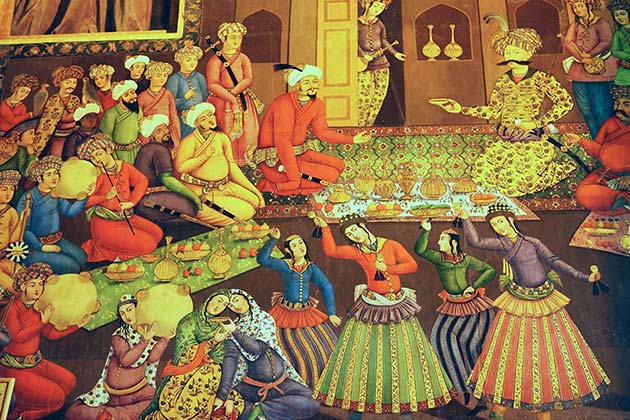
Taarof, a fundamental aspect of Iranian etiquette, embodies a nuanced art of communication in which words often convey more than their literal meaning. Rooted in humility and politeness, Taarof dictates social interactions in which individuals engage in a ritualistic exchange of offers and refusals.
When offered something, it is customary to initially refuse out of politeness, even if you want it. This refusal may be repeated twice more, with the giver persisting and the recipient continuing to demur. Only after the third offer is it considered appropriate to accept graciously.
Halal Internet

Iran's "Halal Internet" initiative, introduced in 2012, aims to regulate online content and control access to certain websites deemed inappropriate or contrary to Islamic values. Under this system, Iran operates a state-controlled national internet, which restricts access to popular social media platforms like Facebook, Instagram, and Twitter.
To circumvent these restrictions and access blocked websites, many locals resort to using virtual private networks (VPNs) to bypass government censorship and access the global internet. While the Halal Internet initiative ostensibly seeks to uphold religious and cultural values, it has sparked criticism from human rights advocates who argue that it infringes upon individuals' rights to free speech and access to information.
Second-Most Operations in the World in...
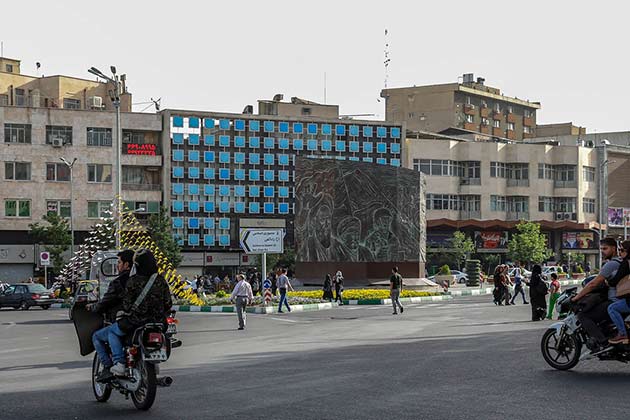
Iran stands as a notable hub for gender reassignment surgeries, ranking second globally in the number of such operations performed, trailing only behind Thailand. espite legal restrictions on same-gender relationships, Iran's policies regarding gender reassignment surgeries demonstrate a recognition of transgender individuals' rights to self-expression and access to medical care.
The government provides financial assistance for these surgeries, enabling individuals to undergo the necessary medical procedures to align their physical appearance with their gender identity. This approach contrasts with Iran's conservative social and cultural attitudes toward LGBTQ+ rights, illustrating the complexity of gender-related issues within Iranian society.
 Author
Ron Winkler
Last Updated: April 22, 2024
Author
Ron Winkler
Last Updated: April 22, 2024

